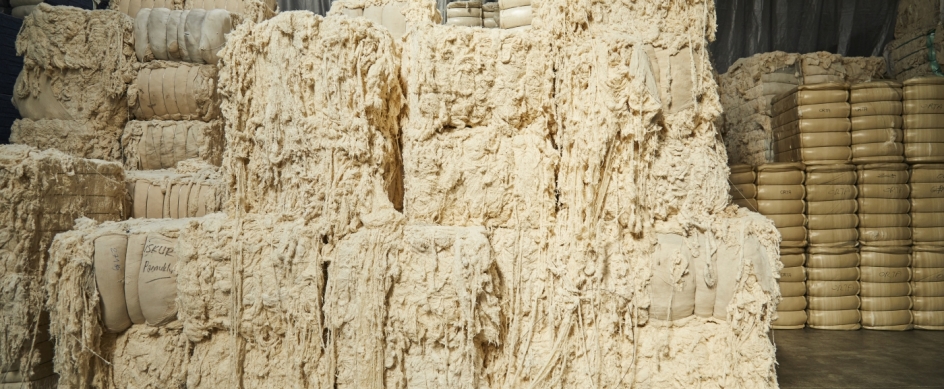Climate Crisis
The world's climate is changing and temperatures rising due to human activities are now threatening humans and other living things in every field. Unless this trend is stopped, people and nature will be left with a series of disasters and massive destruction such as drought, rising sea levels and the complete extinction of many species.
We are facing a big problem, but there are also potential solutions.
The reason for the rapid climate change we are witnessing now is the fossil fuels that people use in their homes, factories and transportation, namely fuel oil, natural gas and coal.
When these fossil fuels burn, they release gases, mainly carbon dioxide, into the air, which we call greenhouse gases. These gases, on the other hand, absorb the heat from the sun's rays, causing the temperature of our planet to rise.
Compared to the 19th century, the world is currently 1.2 degrees Celsius warmer on average, and the amount of carbon dioxide gases in the atmosphere is 50 percent higher than in the same period.
Scientists state that if we want to avoid the worst consequences of climate change, we need to slow the rise in temperature, allowing average air temperatures to rise by no more than 1.5 degrees by the end of the century, namely 2100.
However, according to calculations, the temperature rise could reach 2 degrees Celsius by the end of the century unless new steps are taken in addition to what has been committed so far.
On top of that, if nothing is done, scientists say this warming could reach as high as 4 degrees. They say this could lead to devastating heat waves, millions of people losing their homes due to rising water levels, and the extinction of some plant and animal species, never to return.
What are the effects of climate change?
Extreme climate events have already become more frequent and threaten people's lives, patterns and livelihoods. As temperatures rise further, some agricultural areas may become desert, making some areas uninhabitable. Elsewhere it may be the other way around. Heavy rains can cause massive flooding of the type we are witnessing soon.
People living in poorer countries will be worst affected by this change as they do not have the resources to rearrange their lives in response to climate change.
Many agricultural regions in developing countries are already affected by warming, and this is likely to get worse.
Our oceans and the ecosystems within them are also under threat. With the warming of the waters due to climate change, 50 percent of the coral reefs in the underwater habitat called the Great Barrier Reef have disappeared since 1995.
Due to the warming and drying of the air with climate change, forest and bush fires have become more frequent and widespread.
Melting of the ice at the poles caused greenhouse gases that had been under the ice for hundreds of years to rise into the atmosphere, accelerating climate change.
In a warmer world, animals will also have trouble finding drinking water and sustaining their lives. Polar bears, for example, may be wiped out by the melting of the ice on which their lives depend, and elephants may struggle to meet their daily needs of 150 to 300 liters of drinking water.
Scientists say that at least 550 species could become extinct this century if no action is taken.
How will different parts of the world be affected?
Climate change will have different consequences in different parts of the world. Some regions will warm more than others, precipitation will increase in some places, and droughts will become more common in others.
Countries now agree that they can only deal with climate change together, and with the historic agreement reached in Paris in 2015, they committed to take steps to limit temperature rise to 1.5 degrees Celsius by the end of the century.
Many countries have promised to zero their national carbon emissions by 2050. This means reducing greenhouse gas emissions as much as possible and balancing the rest with measures to absorb it from the atmosphere.
Experts say this is an achievable goal but will require major changes from governments, businesses and individuals.
How Can We Reduce Our Carbon Footprint?
We can reduce our carbon footprint by saving energy and changing some of our habits. For example, using public transportation such as bus or train instead of driving a car will reduce the carbon emissions we cause. Using energy-saving light bulbs in our homes, strengthening the thermal insulation of our homes, and using renewable energy sources, if possible, are also effective in reducing the carbon footprint. Since cattle and poultry are also effective in greenhouse gas emissions, you can consume less red meat to reduce demand for these animals and therefore production. In addition, trees absorb carbon dioxide and produce oxygen. For this reason, we can plant trees in order to pay our debt to nature, even if it is a small amount.


